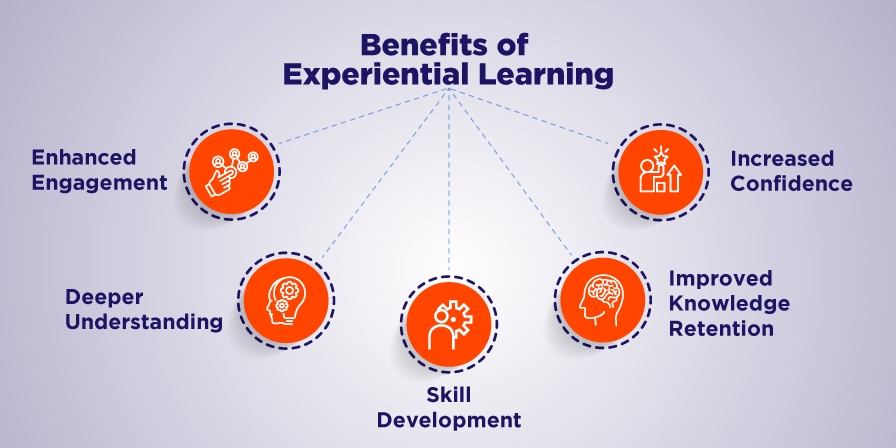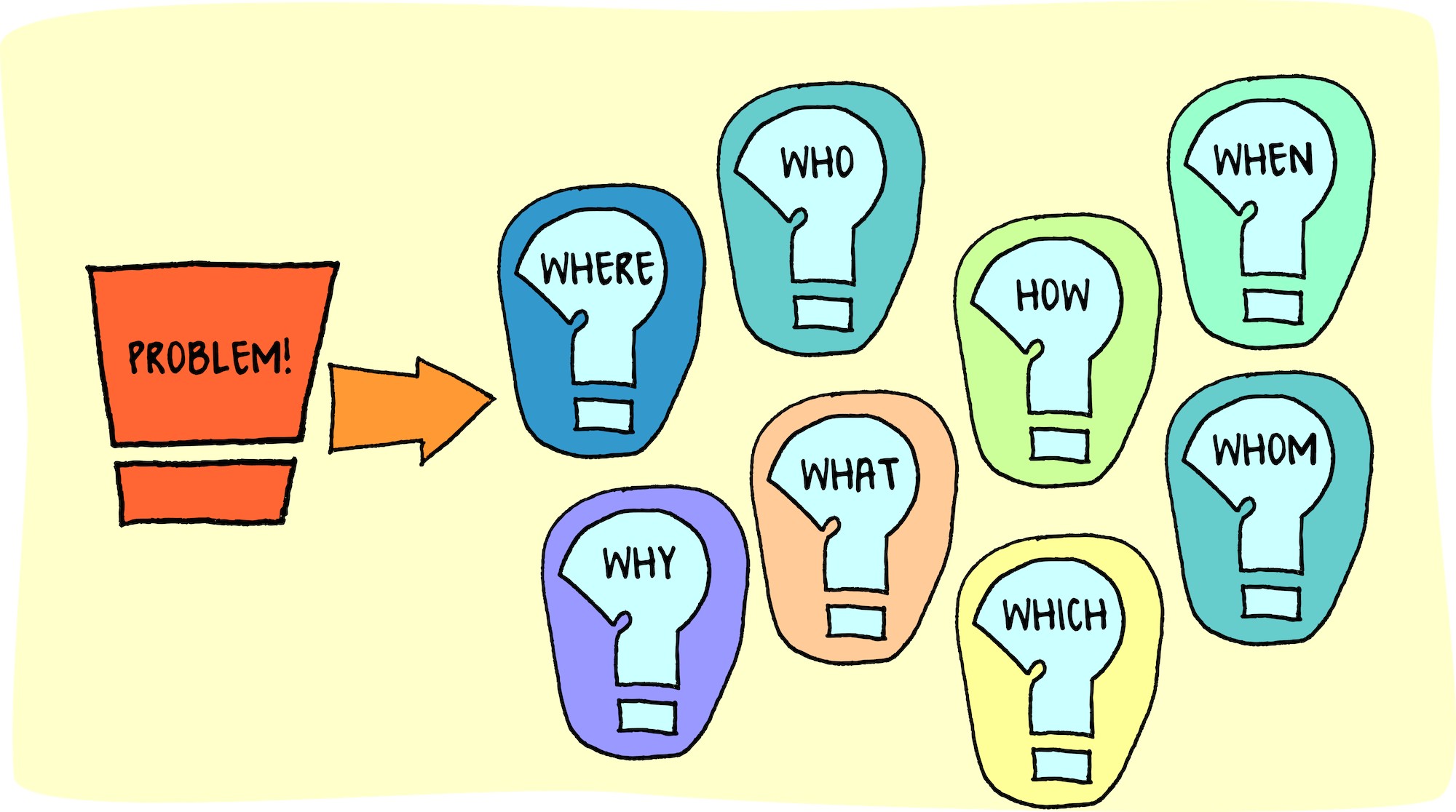In the contemporary educational and professional development landscape, online assessments have become an indispensable tool for evaluating knowledge acquisition, skill proficiency, and compliance with training objectives. From academic institutions conducting virtual exams to corporations validating employee competencies, the convenience and scalability of online testing are undeniable. However, with this widespread adoption comes the persistent and thorny challenge of maintaining academic integrity and preventing cheating. The distributed nature of online environments, coupled with readily available digital resources, can inadvertently create opportunities for dishonesty that undermine the validity of assessment results. Addressing this challenge effectively is not merely a matter of policing; it requires a strategic, multi-layered approach that combines technological solutions with thoughtful test design and a culture of integrity.
One of the foundational strategies for mitigating cheating in online tests involves robust test design and content creation. Simply porting a traditional, in-person exam directly to an online format without modification often invites issues. Instead, test developers should focus on creating questions that demand higher-order thinking rather than mere recall. Questions that require critical analysis, problem-solving, synthesis of information, or application of concepts to novel scenarios are inherently more difficult to cheat on. For instance, rather than asking a multiple-choice question about a specific historical date, an instructor might present a historical scenario and ask the student to analyze its causes and potential outcomes, requiring a nuanced understanding that cannot be easily found through a quick search engine query. Similarly, open-ended questions, case studies, or essay prompts that necessitate original thought and reasoned argumentation are powerful deterrents to simple information retrieval.
Beyond question type, varying the assessment itself can be highly effective. Creating multiple versions of an exam, randomizing question order, and drawing from a large pool of questions are standard practices that significantly reduce the opportunities for collaboration or sharing answers among test-takers. For instance, an online training module for compliance might have a question bank of 500 questions, from which 50 are randomly selected for each participant, ensuring that no two tests are identical. Furthermore, incorporating question types that allow for numerical or short-answer responses that require slight variations in calculation or phrasing can make it harder for students to simply copy answers. The goal is to make it logistically challenging for individuals to collaborate or rely on external sources without significant effort and a high risk of detection.
Technological proctoring solutions represent another significant layer of defense against cheating, ranging in invasiveness and cost. At the simpler end, learning management systems often offer features like timed tests, single-attempt restrictions, and IP address tracking to identify potential anomalies. More advanced solutions involve dedicated proctoring software. Browser-locking applications prevent access to other websites or applications during the test. Webcam proctoring uses artificial intelligence to monitor test-takers for suspicious behavior, such as looking away from the screen frequently, talking to someone off-camera, or the presence of unauthorized materials. Human proctoring, either live or through recorded session review, offers the highest level of scrutiny, though it is often more resource-intensive. For high-stakes certifications or university final exams, a combination of browser lockdown and AI-powered webcam monitoring is becoming increasingly common, providing a strong deterrent by making test-takers aware of continuous surveillance.
However, it is crucial to remember that technology alone is rarely a panacea. A critical component of preventing cheating lies in fostering a strong culture of academic integrity. This begins long before the test itself, with clear communication of expectations, policies, and the consequences of academic dishonesty. Educators and administrators should take the time to explain *why* integrity is important—not just for the validity of grades, but for the inherent value of learning and skill development. Building trust and rapport with learners can also reduce the inclination to cheat. When students feel supported and believe that the assessment genuinely measures their understanding, they are less likely to resort to dishonest means. Incorporating honor codes, where students formally pledge to uphold integrity, can also reinforce this culture, making it a shared responsibility.
Finally, emphasizing continuous, low-stakes assessment throughout a course or training program can diminish the pressure associated with high-stakes final exams, which often serve as a primary motivator for cheating. Frequent quizzes, assignments, and practical exercises provide ongoing opportunities for learners to demonstrate their understanding and receive feedback, reducing the perceived need to cheat on a single, make-or-break assessment. This approach not only provides a more accurate and holistic view of a learner’s progress but also aligns better with modern pedagogical principles that advocate for learning as an ongoing process rather than a series of isolated evaluations.
In conclusion, preventing cheating in online tests is a complex challenge that demands a sophisticated and holistic strategy. There is no single silver bullet, but rather a robust defense constructed from thoughtfully designed assessments that prioritize higher-order thinking, strategic use of technological proctoring tools, and, critically, the cultivation of a strong culture of integrity. By combining these approaches, institutions and organizations can leverage the undeniable benefits of online assessment while ensuring that the results remain a true and reliable measure of an individual’s knowledge, skills, and hard-earned abilities.




